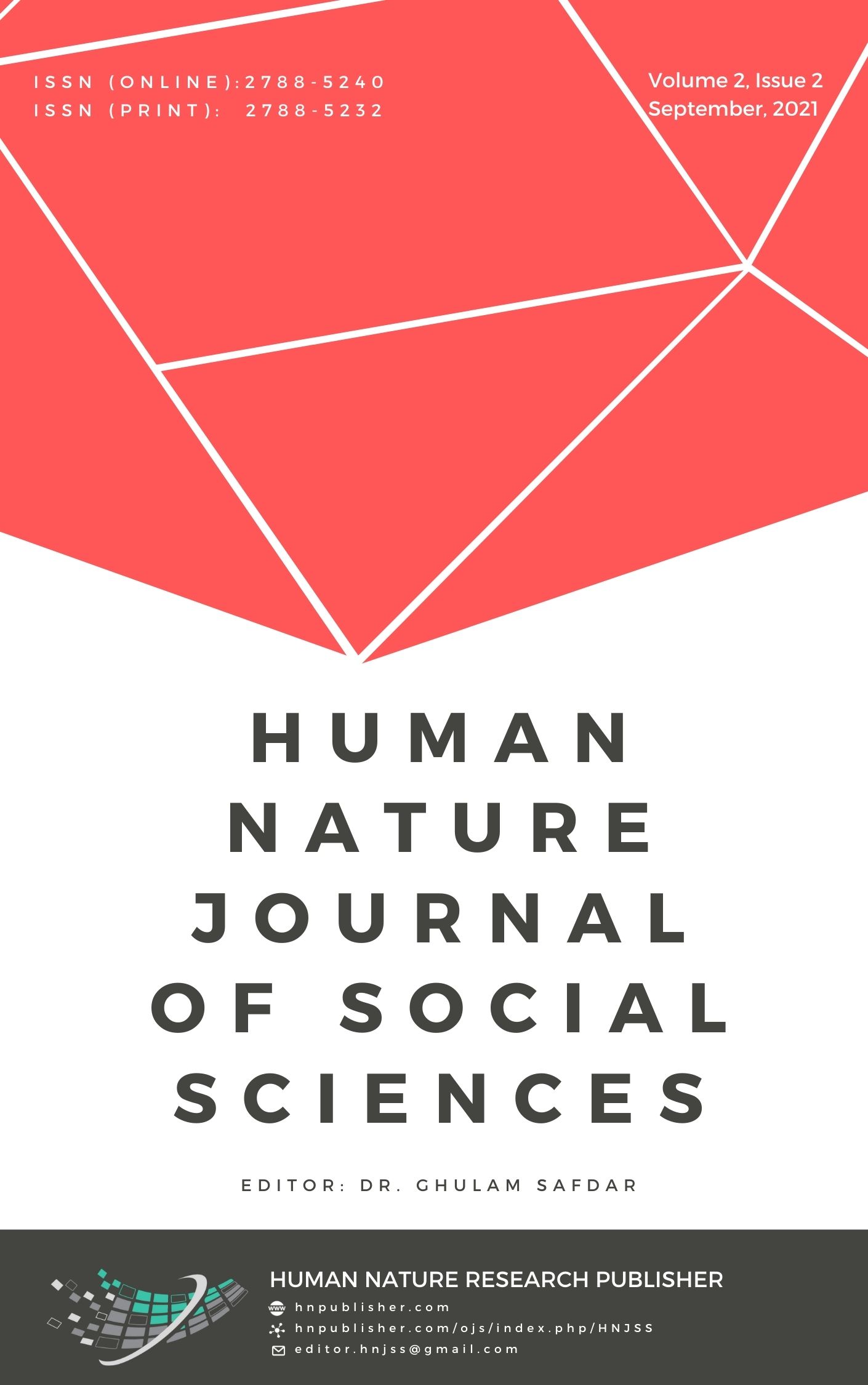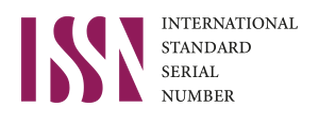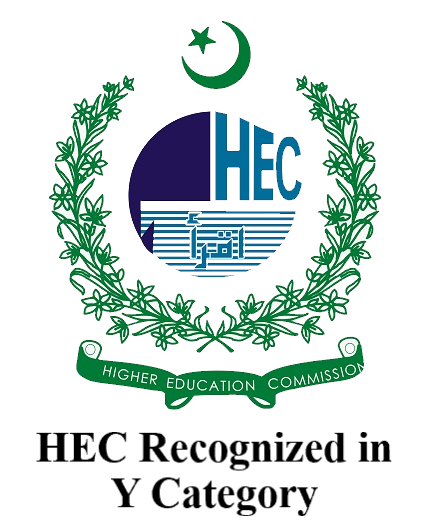Exploring News Media Usage Among University Students to Fulfil Needs: Uses and Gratification Perspective
DOI:
https://doi.org/10.71016/hnjss/mpw60z75Keywords:
Mass Media, Web-based Application, Youth, Khyber PakhtunkhwaAbstract
Youth used different mass media to get information and news updates. Before the development of social media and the internet, traditional media was very important for news and information in society. Currently, youth consume less news on traditional media platforms than digital media because they often depend on new media gadgets with pervasive internet connections that could provide them with rapid news updates. The present study focuses principally on “different news media usage among university students in Pakistan”. The researchers used the “Use and Gratification Theory” to accomplish this study. The researchers used the quantitative method, to fill out the survey from Students, the data was collected through a designed questionnaire from 600 students (Male n=376, Female n=223) at Kohat University of Science & Technology, Kohat, Khyber Pakhtunkhwa, Pakistan. The Survey was carried out in two months, November 2020 to December 2020. For data analysis SPSS was used performed descriptive analyses method to find out the outcomes of the reported questions. The finding showed that social media and radio are the most popular news media among the students. It was further added that students used different web-based applications, and Facebook was found more widespread among youths. Besides social media, radio found highly prevalent media, the listening radio included local FM, national and international radio stations found common activity among the youth. The international radio station (Dewa radio, Mashall radio, BBC radio) is legendary radios for local, national, and international news. While local FM radio stations are admired for music and entertainment.
Downloads
Published
Issue
Section
License
Copyright (c) 2021 Mubashir Saeed, Rahman Ullah (Author)

This work is licensed under a Creative Commons Attribution-NonCommercial 4.0 International License.








